
|
|
|
|
|
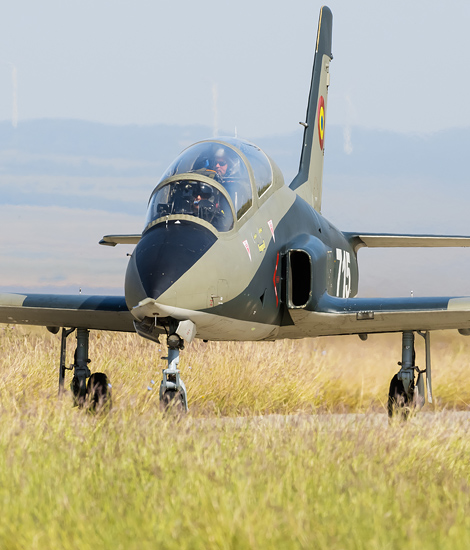
|
The Advanced Pilot Training; Bacau, September 15, 2015
The Romanian Air Force, part 4; Text and Photograph's by Alex van Noye
Once the pilots have completed their initial pilot training at Boboc, they will go to Bacau for the advanced operational pilot training. The helicopter pilots will learn to fly here on the IAR-330 Puma and the IAR-330 Socat. The tactical fighter pilots learn to fly with the IAR-99 and later the MiG-21 at the operational units.
Bacau is the Romanian airbase where the advanced pilot training takes place. At this airbase pilots are prepared for the MiG-21 LanceR. Bacau was founded on June 17, 1920, with the aim to improve pilot training for the Romanian Air Force. Only since 1968, the role of the air base would be fully focused on the training of pilots. Romanian MiG-21 pilots were operational trained on Bacau during the Cold War. Even after this period Bacau continued to keep this training role. As of August 25, 1995, Bacau was indicated within the Romanian structure as Baza 95 Aeriana Bacau. As a result of a reorganization process Bacau was from May 1, 2001 until July 1, 2004 home of the Centrul 95 Trecere pe Avioane Supersonice (95 Centre for transition to supersonic aircraft) for the transition to supersonic aircraft for aspiring pilots. Besides the training unit which would fly the MiG-21 LanceR B, there was also an operational unit stationed at the air base which flew the MiG-21 LanceR A. Also tests were performed on this airbase with the MiG-21 LanceR by the company Aerostar which is stationed at this base. Nowadays, the MiG-21 is fully phased out in Bacau and only IAR-99s are operating from this airbase. The IAR-99C Soim will fly at Bacau at the Escadrila 951 Aviatia. The training on the MiG-21 is done at the operational units themselves on Campia Turzii and Fetesti. Next to the IAR-99 also Escadrila 952 Elicoptere Socat is stationed at the base.
In 1975, the Aviation Institute (INCREST) began in Bucharest with the design of the first jet trainer which would be completely designed and built in Romania. The aircraft needed to replace the Aero L-29 Delphin and the Aero L-39 Albatross in the Romanian Air Force. In 1979 a go was given for this project and an order was given to IAR in Craiova to build the prototype of the IAR-99. The first IAR-99 made its first flight on December 21, 1985. In the period from 1987 to 1989 there were 17 aircraft delivered to the Romanian Air Force. Eventually, 27 aircraft were built of which two prototypes.
|
|
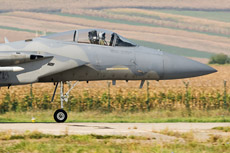
|
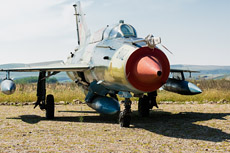
|
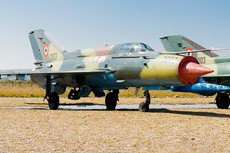
|
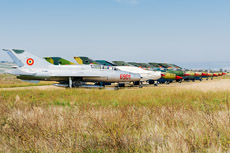
|
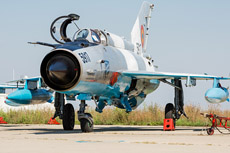
|
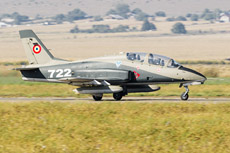
|
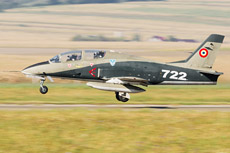
|
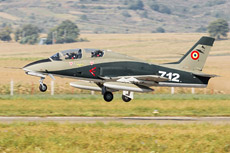
|
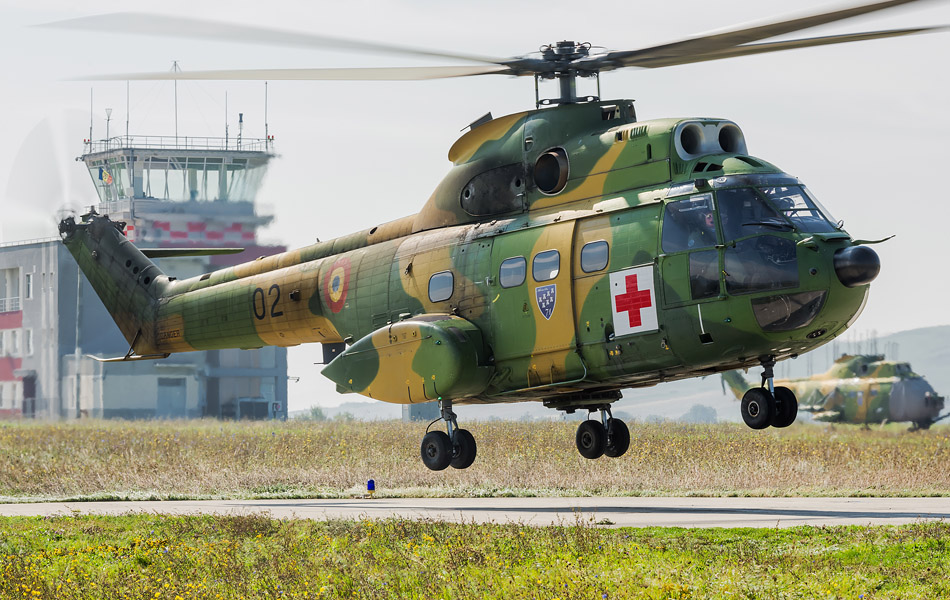
|
The aircraft appeared to have excellent aerodynamic qualities. The cockpit remained well behind in its class due to the outdated electronics and on-board systems in the aircraft. In 1990, the IAR-99 should therefore undergo an intensive modernization program. The aircraft was modernized by IAR in Craiova with the help of the in Texas based company Jaffe Aircraft Corporation. In 1992, a new modernization program was initiated in collaboration with IAI Lahav from Israel. The aircraft were with this update brought to the new IAR-109 Swift spent standard. With this update, the aircraft should be able to be exported. The aircraft was currently equipped with a HOTAS (Hands On Throttle And Stick) system. Both cockpits received an angle Head Up Display (HUD) with a UFCP (Up Front Control Panel) in the front cockpit. The two aircraft were presented in 1993 at Le-Bourget, but the project was canceled one year later.
After the successful upgrade of the Romanian MiG-21 fleet, the Romanian Ministry of Defense decided to purchase the IAR-99C Soim (falcon) advanced jet trainers. The aircraft were just like the previous 17 aircraft been built in Craiova. These aircraft would use the same systems which were built by Elbit Systems in the MiG-21 LanceR standard. The contract followed after an earlier order for the upgrade of four IAR-99 Standard aircraft which were converted into the IAR-99C Soim for the Romanian Air Force. The IAR-99C Soim had to become the primary trainer of the Romanian pilots and had to prepare the pilots for the MiG-21 LanceR. The first modernized IAR-99C Soim was the 18th IAR-99 from the standard production series of this aircraft type. This aircraft made its maiden flight on May 22, 1997. The first IAR-99C aircraft entered operational service at Boboc for the locally based pilot school on October 25, 1998. The IAR-99C is powered by a single Turbomecanica / Rolls Royce Viper 632-41M turbine engine. The aircraft has a tandem dual-control cockpit and is equipped with two Martin Baker Mk 10 'zero-zero' ejection seats. The cockpit is like the MiG-21 equipped with HOTAS controls and the front cockpit is equipped with a multifunction display and a HUD with an upfront control panel. The instructor in the rear cockpit is equipped with two CRT multifunction displays with functions for an instructor control panel. Both the pilot and the instructor are equipped with Elbit Systems DASH displays on the helmet which is also used in the MiG-21 LanceR.
In addition to the training task, the IAR-99C Soim can also be used as a light attack fighter. The aircraft is able to carry various weapons under the fuselage and under the wings. For self-protection in a hostile environment, the aircraft is equipped with chaff and flare dispensers on the back edge of the horizontal stabilizer. For the active jamming of enemy equipment an ECM (Electronic Counter Measures) pod can be mounted under the fuselage. The IAR-99C has under the wings a total of four suspension points for an external weapon load of 250 kg per hardpoint. In the typical configuration of the Soim below the fuselage a GSH-23 twin-barrel gun pod can be mounted with 200 23-mm patterns. However, also a laser designator pod (LDP), an ECM pod, a photo reconnaissance pod or a fuel tank of 225 liter can be mounted under the fuselage of the aircraft. The wing hardpoints can carry 250 kg bombs or a bomb rack for bombs of 50 kg each. Also on the inner pylons free-fall bombs, laser guided bombs, infrared-guided bombs or 57-mm Rockets can be carried. For its self-defense, the IAR-99C can be equipped with air defense missiles on the outer pylons. These missiles can be of the type Rafael Python 3, Vympel R-60 or older R-3S or R-13 air-to-air missiles. The IAR-99 Standard and the IAR-99C Soim are expected to remain in use for many years in the Romanian Air Force. The aircraft has never been exported to other countries and is unique in the Romanian Air Force. However, the aircraft is through its systems the perfect preparation for the MiG-21 LanceR.
|
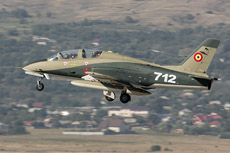
|
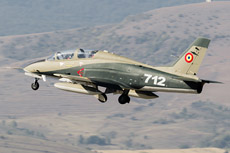
|
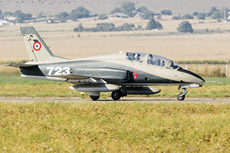
|
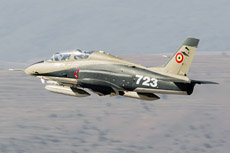
|
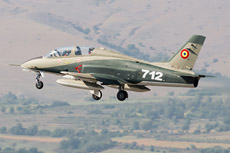
|
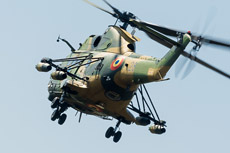
|
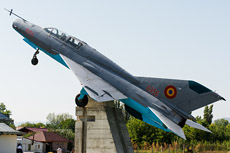
|
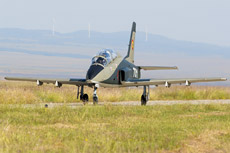
|
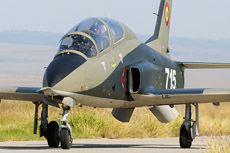
|
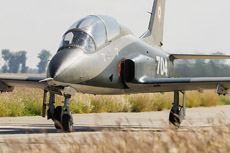
|
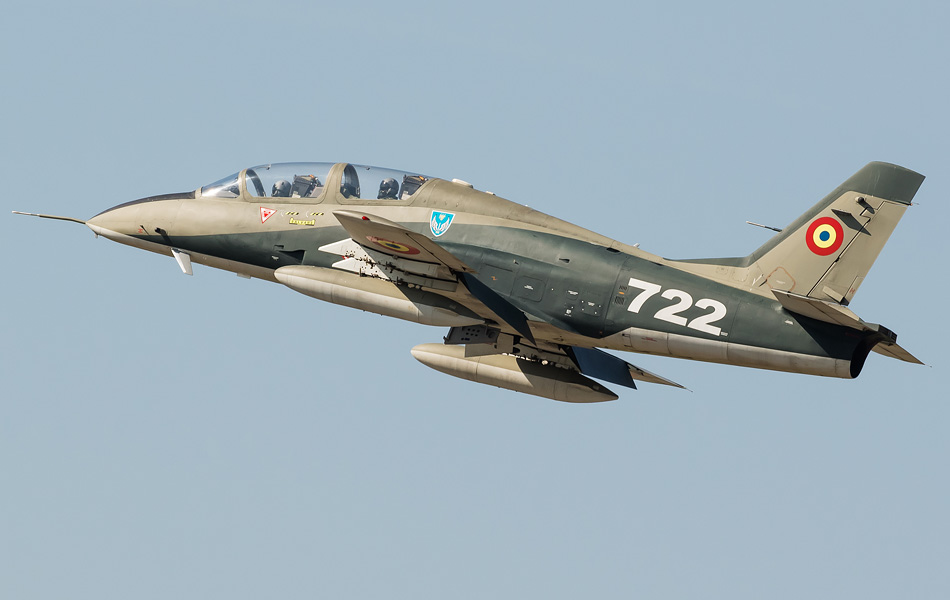
|
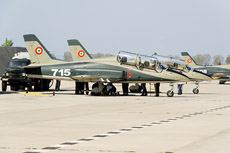
|
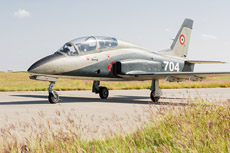
|
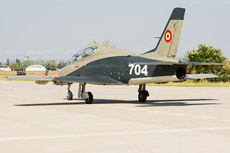
|
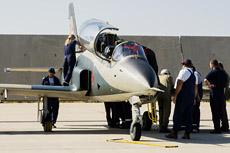
|
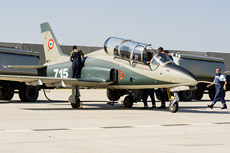
|
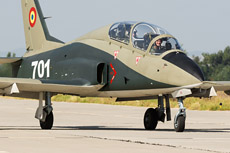
|
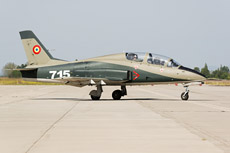
|
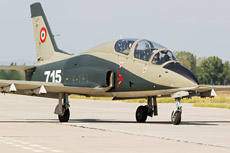
|
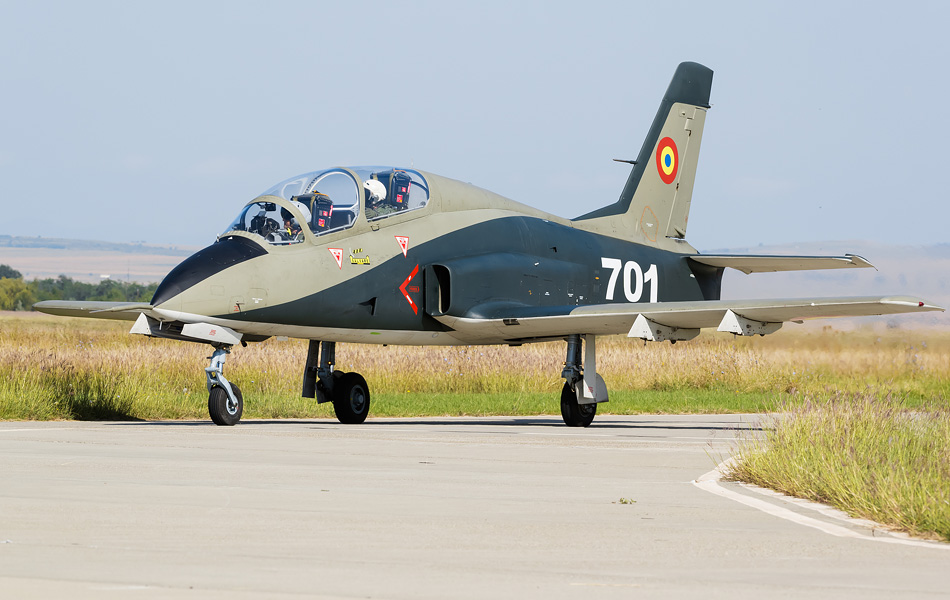
|
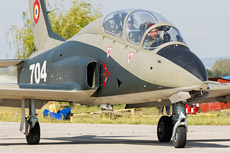
|
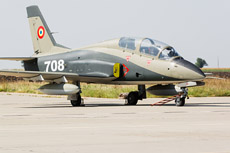
|
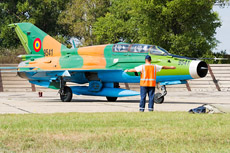
|

|
|
|

|







